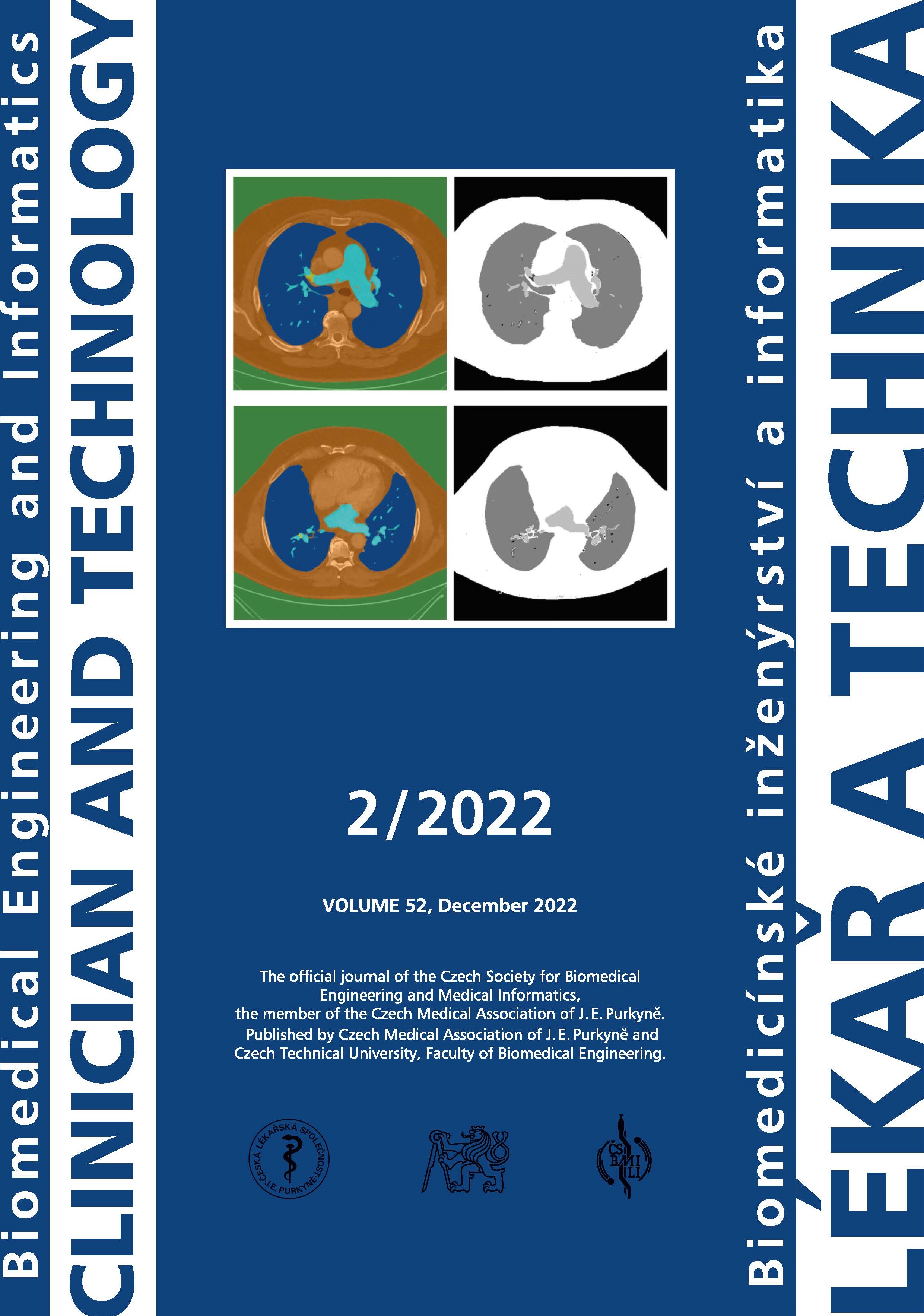REDUCING VENTILATOR ALARMS THROUGH DECREASED RAINOUT IN VENTILATOR CIRCUITS: A BENCH STUDY
DOI:
https://doi.org/10.14311/CTJ.2022.2.01Abstract
Alarm fatigue is a significant problem in healthcare, particularly in high acuity settings such as intensive care, surgery, and emergency departments. Alarms are triggered by various devices such as anesthesia machines, ventilators, patient monitors or humidifiers. Heated humidifiers (HH) used with mechanical ventilators, while necessary to prevent other complications associated with mechanical ventilators, may cause condensation in the ventilator circuit, prompting occlusion alarms indicating a risk for the patient. Technological advances in HH circuits may reduce rainout in the circuits and therefore occlusion alarms. Bench experiments measured alarms and rainout of two commercially available humidifiers (AirLife DuoTherm™ and Fisher & Paykel MR850) and four different pediatric and adult patient breathing circuits. The tests examined condensation accumulation in the circuits after 24 hours of low-, nominal-, or high-flow rates of gas at low-, nominal-, and high-ambient temperature settings. Dual-limb designs of adult- and neonate-sized circuits underwent evaluation. Data on alarms was collected for each system. Low temperature and occlusion alarms were less common in DuoTherm vs. MR850 HH circuits (6 vs. 68 alarms, respectively). DuoTherm products accumulated significantly less rainout for both circuit sizes at all ambient temperatures. In general, the set flow rate did not dramatically affect the amount of rainout for adult and infant circuits, but low versus high ambient temperatures yielded increased rainout for all circuit types (p < 0.02). The DuoTherm HH device and patient circuits developed significantly less alarms due to rainout and low temperatures compared to those from MR850 under all the conditions tested. Such reduction in patient alarms should help reduce alarm fatigue among healthcare workers in critical care settings.
Downloads
Published
Issue
Section
License
Copyright (c) 2022 Dr. Danielle Bayoro, Mr. Meyer, Mr. Healy, Dr. Groepenhoff, Mr. Waldman, Edward Rose, Dr. Pedro

This work is licensed under a Creative Commons Attribution 4.0 International License.
Authors who publish with this journal agree to the following terms:
- Authors retain copyright and grant the journal right of the first publication with the work simultaneously licensed under a Creative Commons Attribution License (https://creativecommons.org/licenses/by/4.0/) that allows others to share the work with an acknowledgment of the work's authorship and initial publication in CTJ.
- Authors are able to enter into separate, additional contractual arrangements for the non-exclusive distribution of the journal’s published version of the work (e.g., post it to an institutional repository or publish it in a book), with an acknowledgment of its initial publication in this journal.
- Authors are permitted and encouraged to post their work online (e.g., in institutional repositories or on their website or ResearchGate) prior to and during the submission process, as it can lead to productive exchanges.
CTJ requires that all of the content of the manuscript has been created by its respective authors or that permission to use a copyrighted material has been obtained by the authors before submitting the manuscript to CTJ. CTJ requires that authors have not used any copyrighted material illegally, as for example a picture from another journal or book, a photo, etc. It is the author’s responsibility to use only materials not violating the copyright law. When in doubt, CTJ may ask the authors to supply the pertinent permission or agreement about the use of a copyrighted material.
The opinions expressed in CTJ articles are those of authors and do not necessarily reflect the views of the publishers or the Czech Society for Biomedical Engineering and Medical Informatics.


